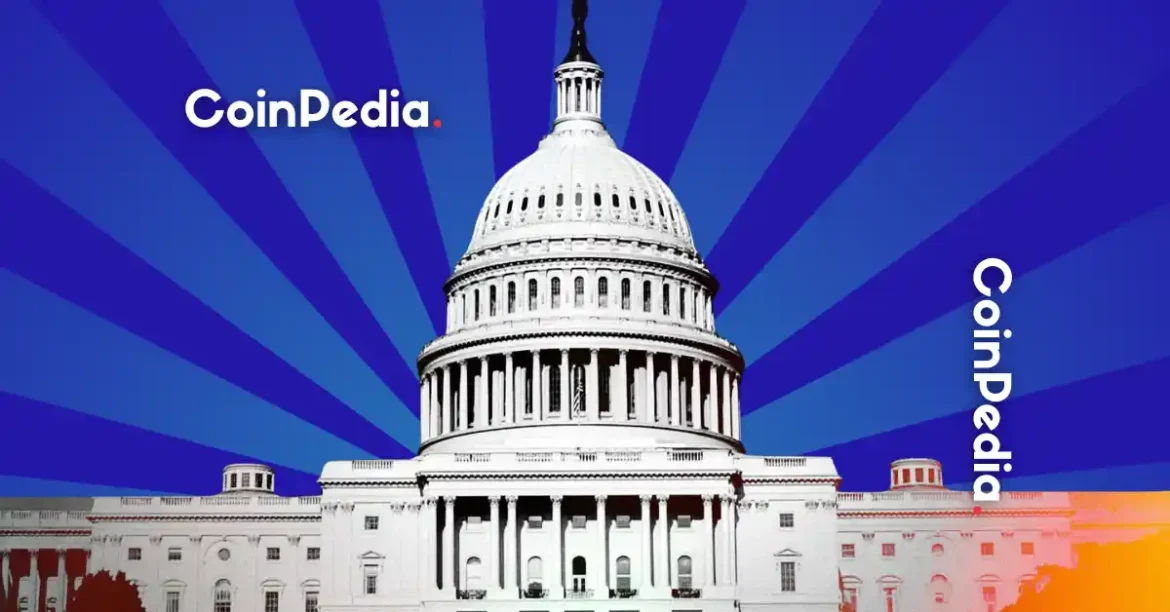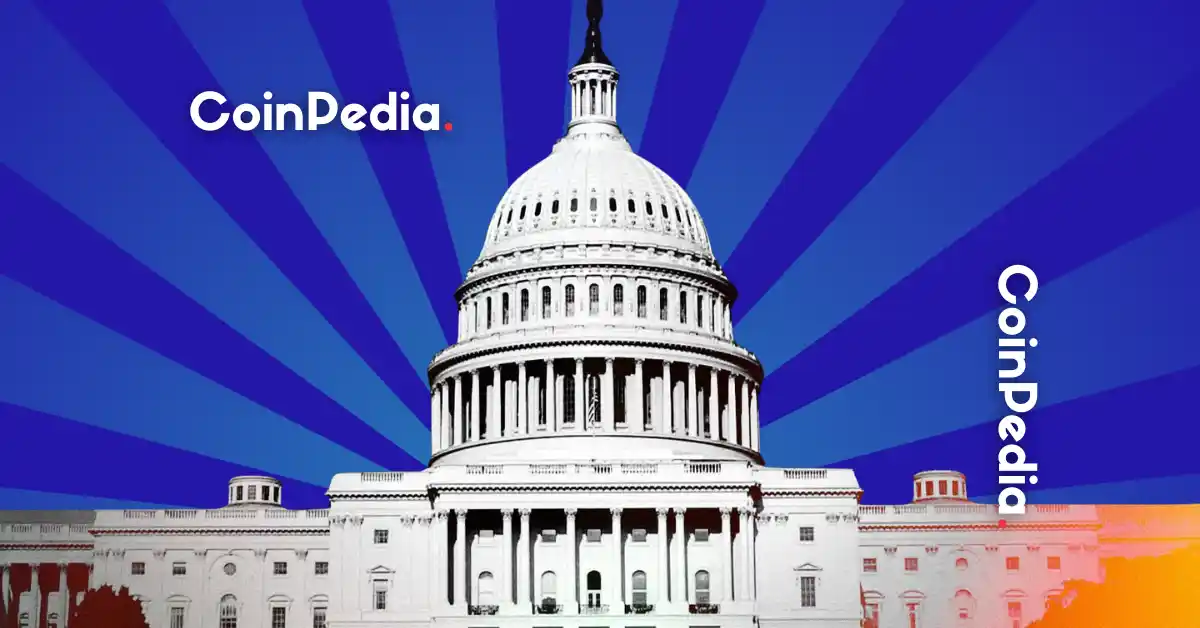The U.S. House of Representatives is set to embark on a pivotal “Crypto Week,” scheduled for the week of July 14th. This dedicated legislative period underscores the growing importance of digital assets in the national economy and the urgent need for regulatory clarity. Three key bills—the CLARITY Act, the GENIUS Act, and the Anti-CBDC Surveillance State Act—are at the forefront of this initiative. These bills aim to address critical aspects of the crypto ecosystem, including stablecoin regulation, digital asset classification, and the potential risks of a central bank digital currency (CBDC). The outcomes of Crypto Week could significantly reshape the digital asset landscape in the United States, either fostering innovation or creating regulatory roadblocks for the industry.
The GENIUS Act: Establishing a Framework for Stablecoins
The GENIUS Act (Guiding and Establishing National Innovation for US Stablecoins) has already passed the Senate and is now under consideration in the House. This bill seeks to provide a regulatory framework for stablecoins, which are cryptocurrencies designed to maintain a stable value, typically pegged to a fiat currency like the U.S. dollar. Stablecoins have gained popularity due to their utility in everyday transactions and as a hedge against crypto market volatility. However, their lack of clear regulatory oversight has raised concerns about financial stability, money laundering, and illicit financing.
The GENIUS Act aims to address these concerns by:
– Defining Stablecoins: Establishing a clear legal definition to distinguish stablecoins from other cryptocurrencies.
– Setting Regulatory Standards: Imposing requirements such as capital reserve mandates, auditing procedures, and consumer protection measures for stablecoin issuers.
– Designating Oversight Authority: Assigning regulatory oversight to agencies like the Securities and Exchange Commission (SEC) or the Commodity Futures Trading Commission (CFTC) to enforce compliance.
A well-defined regulatory framework for stablecoins could enhance market confidence, encourage broader adoption, and mitigate systemic risks. Without proper safeguards, stablecoins could pose threats to financial stability, particularly if they become widely used in payments and settlements.
The CLARITY Act: Defining Digital Assets and Regulatory Jurisdiction
The CLARITY Act seeks to provide legal clarity for blockchain-related businesses and digital assets, addressing the regulatory ambiguity that has hindered innovation in the crypto space. The lack of clear definitions and jurisdiction has created uncertainty for businesses, investors, and regulators alike. The CLARITY Act aims to resolve these issues by:
– Defining Digital Assets: Establishing clear legal distinctions between cryptocurrencies, security tokens, and utility tokens.
– Clarifying Regulatory Jurisdiction: Determining which agencies (SEC, CFTC, or others) have authority over different types of digital assets.
– Creating a Safe Harbor: Providing legal protections for blockchain businesses that comply with regulatory requirements, shielding them from enforcement actions.
This clarity is essential for fostering innovation and attracting investment. Businesses need predictable regulatory guidelines to operate confidently, while investors require assurance that their assets are legally recognized and protected. The CLARITY Act could help the U.S. maintain its leadership in blockchain technology by providing a structured regulatory environment.
The Anti-CBDC Surveillance State Act: Preventing Government Overreach
The Anti-CBDC Surveillance State Act seeks to prohibit the Federal Reserve from issuing a retail central bank digital currency (CBDC). A CBDC is a digital form of a country’s fiat currency, issued and regulated by the central bank. While proponents argue that a CBDC could improve payment efficiency and financial inclusion, critics warn of potential government surveillance and control over citizens’ financial lives.
The bill aims to prevent these risks by:
– Prohibiting a Retail CBDC: Explicitly banning the Federal Reserve from issuing a digital currency directly to individuals.
– Restricting Data Collection: Limiting the government’s ability to track financial transactions through a CBDC.
– Protecting Financial Privacy: Safeguarding individuals’ financial privacy by preventing government monitoring of spending habits.
Advocates of the bill argue that it is necessary to prevent government overreach and protect financial freedom. The debate over CBDCs reflects broader concerns about digital privacy, financial sovereignty, and the role of government in the digital economy.
The Political Landscape: A Divided House?
While Crypto Week represents a significant step toward regulatory clarity, the political landscape remains divided. House Republicans are leading the initiative, but Democrats are split on crypto regulation. Some Democrats support a balanced regulatory approach that protects consumers and prevents illicit activity, while others remain skeptical of the industry’s risks. This division could make it challenging to pass all three bills during Crypto Week, as bipartisan support will be crucial for success.
The outcome of Crypto Week will depend on lawmakers’ ability to bridge partisan differences and find common ground on these critical issues. If the bills pass, they could provide much-needed regulatory certainty for the crypto industry. If they fail, the U.S. may fall behind other countries in establishing a clear regulatory framework for digital assets.
Potential Outcomes and Implications
The decisions made during Crypto Week could have far-reaching consequences for the digital asset industry and the broader financial system. If all three bills pass, they could:
– Enhance Market Confidence: A clear regulatory framework would attract institutional investors, increasing liquidity and stability in the crypto market.
– Foster Innovation: Businesses would have greater certainty to develop new blockchain applications, driving economic growth.
– Protect Financial Privacy: The Anti-CBDC Surveillance State Act would prevent government overreach in financial monitoring.
However, if the bills fail, the U.S. could face continued regulatory uncertainty, potentially driving businesses and innovation to more favorable jurisdictions. The debate over CBDCs will likely persist, as policymakers weigh the benefits of digital currencies against privacy concerns.
Conclusion: A Pivotal Moment for Crypto in the U.S.
Crypto Week marks a critical juncture for the digital asset industry in the United States. The CLARITY Act, the GENIUS Act, and the Anti-CBDC Surveillance State Act address fundamental issues in crypto regulation, including stablecoin oversight, digital asset classification, and the risks of a CBDC. While political divisions may complicate the legislative process, the concentrated focus on these issues highlights the growing recognition of crypto’s role in the modern economy.
The outcomes of Crypto Week will shape the future of crypto regulation in the U.S., either fostering innovation or creating regulatory barriers. As the world watches, the decisions made during this week could determine whether the U.S. remains a leader in blockchain technology or falls behind other nations in establishing a clear and supportive regulatory environment.





